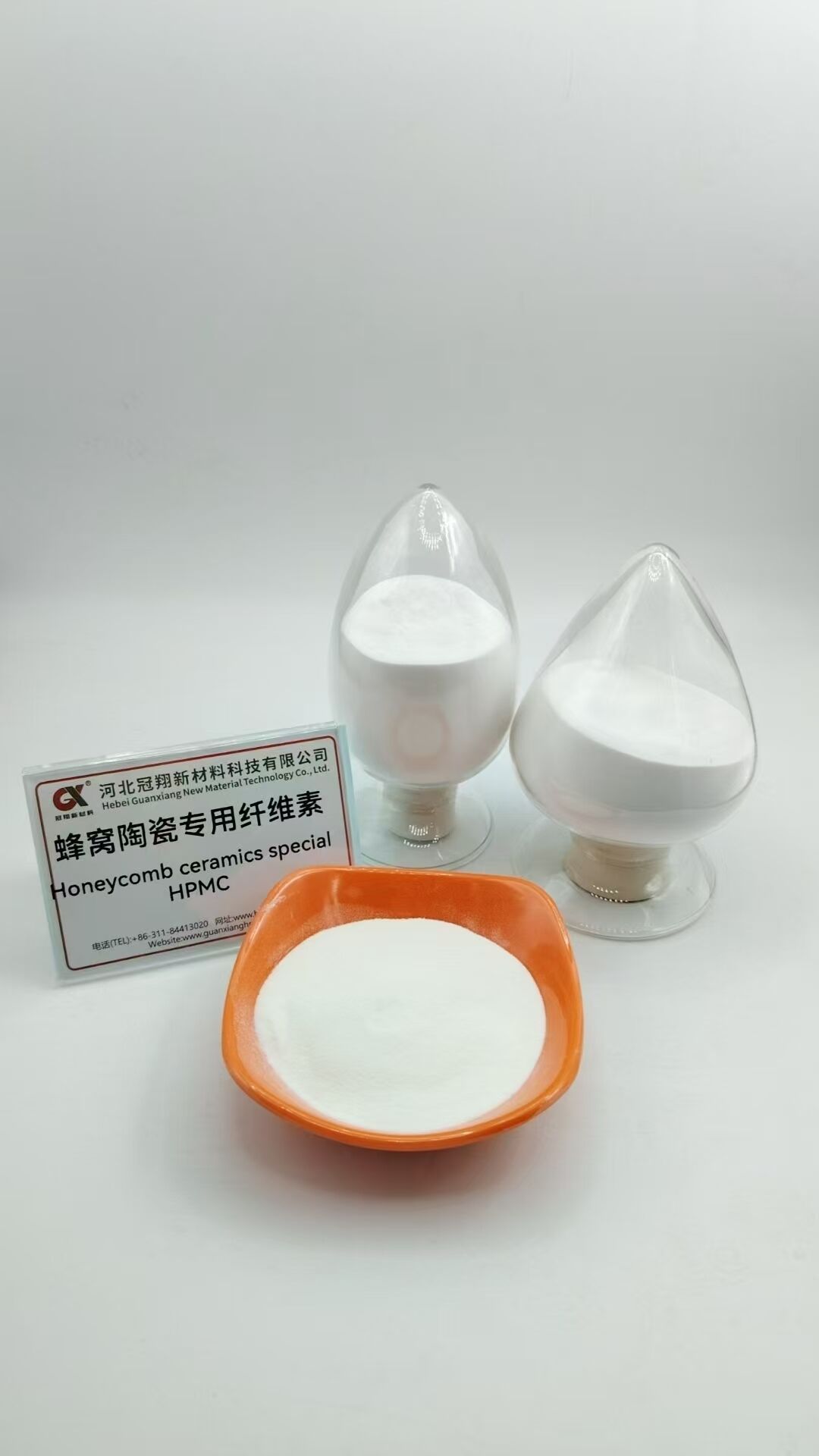Käynnistys kestävän materiaalitekniikan alalla
Ilmestymisen kakkosrakenne keramiikka selluloosi materiaalit edustavat merkittävää läpimurtoa materiaalitieteessä, yhdistäen keraamisen rakenteellisen lujuuden selluloosan kestävyyteen. Tämä innovatiivinen komposiittimateriaali on kiinnittänyt insinöörien, tutkijoiden ja teollisuuden johtajien huomion ympäri maailmaa sen erinomaisten ominaisuuksien ja monipuolisten sovellusten vuoksi. Matkien luonnon tehokasta hunajakennorakennetta nämä materiaalit tarjoavat ennennäkemättömän yhdistelmän lujuutta, keveyttä ja ympäristöetuja.
Keraamisten ja selluloosakomponenttien yhdistäminen hunajakennorakenteeseen on avannut uusia mahdollisuuksia useilla toiminaloilla, rakentamisesta avaruustekniikkaan. Tämä kehittynyt materiaalirakenne osoittaa, kuinka biomimetiikan suunnitteluperiaatteita voidaan hyvin käyttää kestävien ratkaisujen luomiseen nykyaikaisten insinööritehtävien ratkaisemiseksi.
Ydinominaisuudet ja rakenteelliset edut
Parannettu mekaaninen suorituskyky
Hunajakenno-keramiikkaselluloosamateriaalit omaavat huomattavia mekaanisia ominaisuuksia, jotka erottavat ne perinteisistä materiaaleista. Hunajakennorakenteen ainutlaatuinen geometrinen järjestely jakaa voimat tasaisesti koko materiaalin läpi, mikä johtaa erinomaiseen puristuslujuuteen ja iskunkestävyyteen. Keramiikkakomponentit tarjoavat rakenteellisen jäykkyyden, kun taas selluloosatekijät tuovat mukanaan joustavuutta ja kimmoisuutta.
Laboratoriotestit ovat osoittaneet, että nämä materiaalit kestävät merkittäviä mekaanisia rasituksia samalla kun ne säilyttävät rakenteellisen eheytensä. Keramiikan lujuuden ja selluloosan joustavuuden yhdistäminen luo synergiaefektin, joka tuottaa materiaalin, joka suoriutuu monien tavanomaisten vaihtoehtojen paremmin painoon nähden.
Lämpö- ja äänitekniikan ominaisuudet
Näiden materiaalien hunajakennorakenne luo ilmakuplia, jotka toimivat erinomaisina eristeinä sekä lämmölle että äänelle. Keraamiset elementit tarjoavat lämpötilankestävyyttä, kun taas selluloosakomponentit edistävät äänenvaimennusta. Tämä kaksinkertainen toiminnallisuus tekee hunajakennoisesta keraamista selluloosaa erityisen arvokkaan sovelluksissa, joissa vaaditaan lämpötilanhallintaa ja melun vähentämistä.
Materiaalin kyky ylläpitää vakaita suorituskykyä vaihtelevissa lämpötiloissa samalla kun se tarjoaa äänieristystä, tekee siitä ihanteellisen valinnan rakennusmateriaaleihin ja teollisiin sovelluksiin, joissa ympäristön hallinta on ratkaisevan tärkeää.
Ympäristövaikutukset ja kestävyys
Ympäristöystävällinen tuotantoprosessi
Hunajakennoisen keraamisen selluloosamateriaalin valmistus hyödyntää kestäviä käytäntöjä, jotka vähentävät merkittävästi ympäristövaikutuksia. Selluloosakomponentit on peräisin uusiutuvista raaka-aineista, ja niissä käytetään usein kierrätyspaperituotteita tai maatalouden sivutuotteita. Keraamiset osat voidaan valmistaa alhaisen energian kulutuksen vaatimilla prosesseilla, ja molempien materiaalien yhdistäminen edellyttää vähäisiä määriä kemiallisia lisäaineita.
Tämä ympäristöystävällinen tuotantomenetelmä vastaa globaaleja kestävyystavoitteita samalla kun ylläpidetään korkeita materiaalilaitteiden laatustandardeja. Näiden materiaalien valmistuksen pienempi hiilijalanjälki tekee niistä houkuttelevan vaihtoehdon yrityksille, jotka sitoutuvat ympäristövastuuseen.
Käyttöikän päättymisen näkökohdat
Yhdenmukaisten keraamisten selluloosamateriaalien houkuttelevimmista eduista on niiden kierrätysmahdollisuus ja biologinen hajoavuus. Selluloosakomponentit voivat hajota luonnollisesti, kun taas keraamiset osat voidaan kerätä takaisin ja käyttää uudelleen. Tämä kierrättämiseen perustuva lähestymistapa vähentää jätettä ja edistää kestävää materiaalien hallintaa.
Materiaalin loppukäytön ominaisuudet edustavat merkittävää parannusta perinteisiin komposiittimateriaaleihin verrattuna, joista usein aiheutuu haasteita hävitykselle ja kierrätykselle. Tämä etu on yhä tärkeämpi teollisuuden kasvavan paineen myötä siirtyä kestävämpiin käytäntöihin.
Teolliset sovellukset ja markkinapotentiaali
Rakentaminen ja arkkitehtuuri
Rakennusteollisuus on omaksunut hunajakennoisen keraamisen selluloosamateriaalin erinomaisten eristysominaisuuksien ja rakenteellisten ominaisuuksien vuoksi. Näitä materiaaleja käytetään seinäpaneelien, kattolevyjen ja rakenteellisten elementtien valmistuksessa, mikä parantaa rakennusten suorituskykyä samalla kun vähennetään ympäristövaikutuksia. Niiden keveys helpottaa myös asennusta ja vähentää kuljetuskustannuksia.
Arkkitehdit ovat erityisen kiinnostuneita materiaalin kyvystä yhdistää toiminnallisuus ja kestävyys, luoden rakennuksia, jotka ovat sekä ympäristövastuullisia että esteettisesti miellyttäviä. Näiden materiaalien luonnollinen ulkonäkö muodostuu usein itsestään suunnittelun keskeiseksi piirteeksi, edistäen biofiilisiä suunnitteluperiaatteita.
Liikenne ja ilmailu
Liikenteen alalla hunajakennoiset keraamiset selluloosamateriaalit vallankumouuttavat ajoneuvomuotoilua keventämällä rakenteita ja parantamalla turvallisuusominaisuuksia. Ilmailualan kiinnostus näitä materiaaleja kohtaan on erityisen suurta niiden kyvyn vuoksi vähentää polttoaineenkulutusta samalla kun säilytetään rakenteellinen eheys. Niiden erinomaiset värähtelyjen vaimennusominaisuudet tekevät niistä myös ihanteellisia mukavampien matkustajaympäristöjen luomiseen.
Materiaalin kestävyys lämpötilan vaihteluille ja mekaaniselle rasitukselle tekee siitä erityisen soveltuvan vaativiin ilmailusovelluksiin, joissa luotettavuus ja suorituskyky ovat ratkaisevan tärkeitä.

Tulevaisuuden kehityssuunnat ja tutkimussuunta
Kehittyneet valmistustekniikat
Jatkuvat valmistusteknologioiden tutkimukset laajentavat mahdollisuuksia hunajakennoisen keraamisen selluloosamateriaalin käyttöön. On kehitteillä edistyneitä 3D-tulostustekniikoita, joilla voidaan luoda monimutkaisempia rakenteita tarkalla hallinnalla materiaalien ominaisuuksille. Nämä innovaatiot mahdollistavat odotetusti räätälöinnin tietyihin sovelluksiin samalla kun kustannustehokkuus säilyy.
Tutkijat tutkivat myös uusia menetelmiä keraamisten ja selluloosakomponenttien välisten sidosten parantamiseksi, mikä saattaa johtaa vielä vahvempiin ja kestävämpiin materiaaleihin. Näillä kehityksillä voisi olla merkittävä vaikutus mahdollisten sovellusten kirjon laajenemiseen.
Materiaalin parantaminen ja muokkaus
Tutkijat tutkivat tapoja muokata hunajakennoista keraamista selluloosamateriaalia parantaakseen tiettyjä ominaisuuksia. Tähän kuuluu lisäkomponenttien käyttöönotto paremman palonsuojauksen saavuttamiseksi, itsetoimisen korjaamisen kehittäminen sekä älykkäiden materiaalien luominen, jotka voivat reagoida ympäristön muutoksiin. Nämä muutokset voisivat johtaa uuden sukupolven edistyneisiin materiaaleihin, joilla on vielä laajemmat sovellusmahdollisuudet.
Nanomateriaalien ja älytekniikoiden sisällyttäminen näihin rakenteisiin edustaa jännittävää rajapintaa materiaalitieteessä ja lupaa parantunutta toiminnallisuutta ja suorituskykyä.
Usein kysytyt kysymykset
Mikä tekee hunajakennoisista keraamisesta selluloosamateriaalista erilaisen perinteisiin komposiitteihin verrattuna?
Hunajakenno-keramiikkaselluloosamateriaalit yhdistävät keramiikan lujuuden ja selluloosan kestävyyden ainutlaatuisessa geometrisessa rakenteessa, joka tarjoaa erinomaiset mekaaniset ominaisuudet, lämmöneristysominaisuudet ja ympäristöedut. Nämä materiaalit tarjoavat perinteisiä komposiitteja paremman kierrätettävyyden ja hajoavuuden samalla kun ne säilyttävät korkeat suorituskykyvaatimukset.
Miten nämä materiaalit edistävät kestävää rakentamista?
Nämä materiaalit tukevat kestävää rakentamista ympäristöystävällisen valmistusprosessin, erinomaisten eristysominaisuuksien ja pienentyneen hiilijalanjäljen kautta. Ne auttavat rakennuksia saavuttamaan paremman energiatehokkuuden samalla kun ne tarjoavat rakenteellista kestävyyttä ja ympäristöetuja koko elinkaarensa ajan.
Mikä on päähaasteet hunajakenno-keramiikkaselluloosamateriaalien valmistuksessa?
Päähaasteet liittyvät johdonmukaisen laadun saavuttamiseen suurmassatuotannossa, keraamisten ja selluloosakomponenttien liittämisen optimointiin sekä kustannustehokkuuden ylläpitämiseen. Kuitenkin jatkuva tutkimus ja teknologiset edistysaskeleet ratkaisevat näitä haasteita jatkuvasti, mikä tekee tuotannosta tehokkaampaa ja luotettavampaa.
 EN
EN
 AR
AR
 CS
CS
 DA
DA
 NL
NL
 FI
FI
 FR
FR
 DE
DE
 EL
EL
 HI
HI
 IT
IT
 JA
JA
 KO
KO
 NO
NO
 PL
PL
 PT
PT
 RO
RO
 RU
RU
 ES
ES
 SV
SV
 IW
IW
 ID
ID
 SR
SR
 SK
SK
 UK
UK
 VI
VI
 HU
HU
 TH
TH
 TR
TR
 AF
AF
 MS
MS
 CY
CY
 IS
IS
 BN
BN
 LO
LO
 LA
LA
 NE
NE
 MY
MY
 KK
KK
 UZ
UZ


